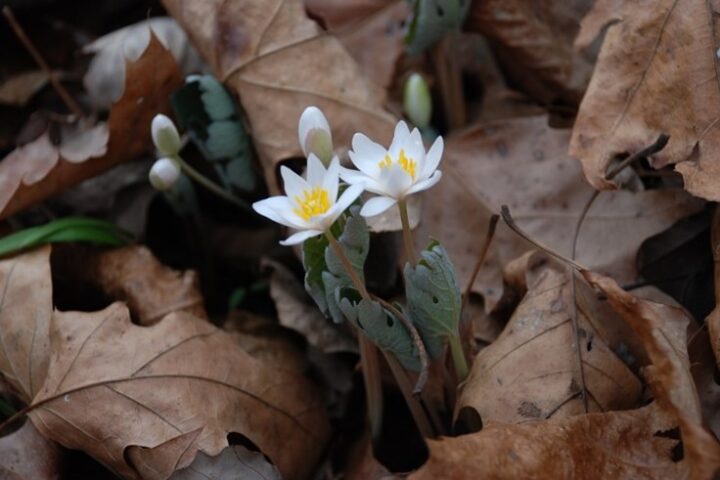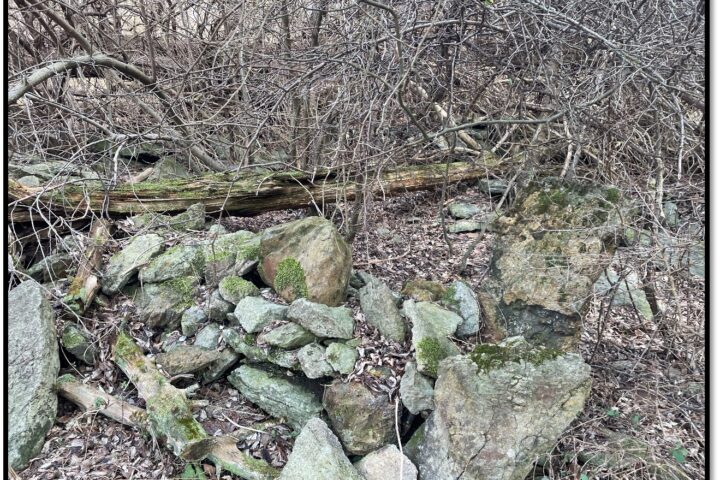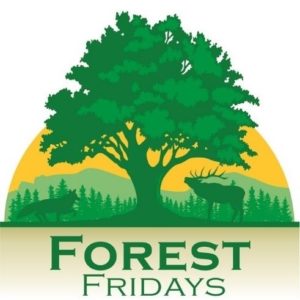 That’s Wild!
That’s Wild!
by Ryan Reed
This Sunday is National Wildlife Day, and we are glad our state forests are home to millions of wild animals. Most Pennsylvanians are well aware of many of these creatures, from deer and bears to gray squirrels and blue jays, but a few of these critters lead quite anonymous lives.
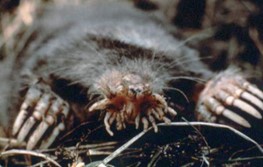
Photo by US National Park Service. (Wikimedia Commons)
Star-nosed mole
Yes, that is its face, and those are its front feet. These adaptations help this mammal survive in a subterranean world, which typically occurs in moist meadows and bottomland forests. The 22 fleshy facial projections enable the mole to detect underground insects and other invertebrates. Star-nosed moles that live near water are right at home and will do most foraging under water, making them basically amphibious.
Northern saw-whet owl
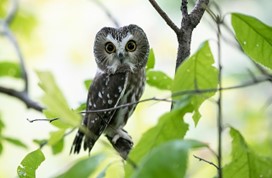
Photo by Andy Witchger. (Creative Commons 2.0)
The smallest of all Pennsylvania owls, the saw-whet owl got its name from its raspy call that resembles the sound made when sharpening a saw. These rarely seen, nocturnal predators prefer forests with dense understories where they target white-footed mice and deer mice. Saw-whet owls often roost in evergreens and are also obligate cavity nesters.
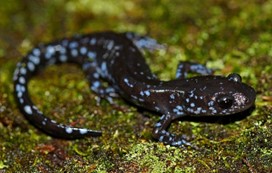
Photo by Peter Paplanus. (Creative Commons 2.0)
Blue spotted salamander
Known to exist in only three PA counties (McKean, Warren, Northampton), the gorgeous blue-spotted salamander prefers deciduous and mixed forests with sandy soil. It is so elusive that it was only discovered to exist in the commonwealth in 2000. The blue spotted salamander requires vernal pools for breeding and is listed as PA-Endangered.
Flying squirrels (northern or southern)
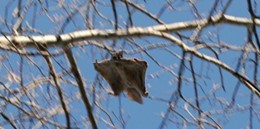
Photo by A. Freeman. (Creative Commons 3.0)
Most Pennsylvanians will never see a flying squirrel in the flesh because these rodents are nocturnal. Unfortunately for the northern flying squirrel, its range is contracting due a variety of factors that affect its preferred forest type- boreal hemlock and spruce. The northern flying squirrel may also be outcompeted for food and dens by the southern flying squirrel, whose range is expanding. The northern flying squirrel is listed as PA-Endangered.
We are fortunate to live in a state with nearly 17 million acres of forests, which provide homes for all of our temperate forest ecosystem inhabitants. If we wish to continue to provide safe harbor for those animals, and a place for dwindling populations to recover, we will need to continue to conserve our priceless forests.


